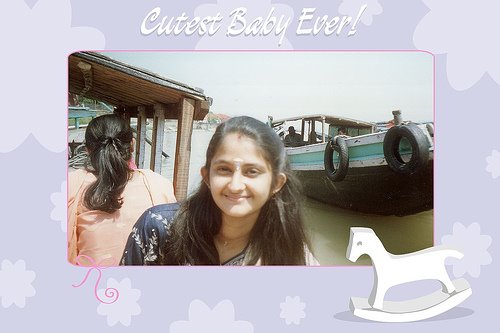Reverse traffic
Bangalore is emerging as a hot destination for the global health tourist....
When Amitabh Bachchan’s on-screen character took a cancer-struck Jaya Bhaduri to America for treatment in the seventies hit Mili, it was in a last ditch effort to save her life. The trend seems to have reversed. If the film is remade, there is a high possibility that the couple will be Indian-born residents of UK and the heroine will be flown home, maybe even to namma Bengaluru, for that super-speciality treatment. Lured by low costs and top-notch health services, patients from across the globe are now making a beeline for hospitals in India. And Bangalore, home to a growing number of super-speciality hospitals, is fast emerging as a hot destination for health tourists from UK, USA, South-east Asia, Sri Lanka, Pakistan and Bangladesh. Call it medical tourism, medical outsourcing or medical value travel, the phenomenon brings glad tidings for both the health and tourism sectors. Vishal Bali, CEO of Wockhardt Hospital and Heart Institute attributes the trend to an impending health crisis in the West. In the UK, for instance, people contribute a share of their earnings to the National Health Scheme, but are left high and dry by woefully inadequate medical services. Chronically ill patients are often made to wait for up to one year. Private hospitals are prohibitively expensive. All this spells advantage India.
George Marshal, a retired policeman, underwent an angiography at an NHS hospital in the UK. He was put on eight-month waiting list for surgery. On studying available options, Marshal decided to have his operation at Wockhardt Hospital, Bangalore. The operation was conducted last year and he is doing well. Jack Rose, a 58-year-old American pilot, had hip pain that led to a limp. He underwent surface replacement surgery at Hosmat Hospital. “I consulted doctors in England and California. Then, I met Dr Chandy of Hosmat, saw the facilities at his hospital and decided to have my surgery here,” he says. Feather Stone, a 78-year-old native of Vienna, now settled in Chemford, south London, was suffering from severe back pain. She came all the way to Hosmat and was successfully operated on by a team of spinal surgeons. Mallya Hospital reserves five to ten per cent of its beds for foreign patients. “We have patients coming for prostrate operations, knee and hip replacements. Cost is only one aspect that makes India an attractive medical destination. The medical care is still world class,” says Commodore Indru Wadhwani of Mallya Hospital. Wadhwani sees a huge potential for medical tourism in India, but to leverage it hospitals here must go for Joint Commission International (JCI) accreditation: world benchmark for health care. Bali feels Bangalore desperately needs an international airport. “A joint study by the Confederation of Indian Industries (CII) and McKinsey showed that the Indian health care industry is growing at a rate of 13 per cent. Going by the report, medical tourism will rake in $2 billion by 2012. The figures could rise with health insurance cover and a better synergy between the health and tourism sectors,” Bali says. The government, too, seems to have woken up to the potential of medical tourism. It has launched the Incredible India Campaign to showcase the country as a world health tourist destination. Not just that. It has also started issuing medical visas in place of tourist visas to foreign patients coming here for treatment. For the firangis, it is an opportunity to kill two birds with one stone. Most combine their treatment with trips to nearby tourist destinations and salubrious retreats where they recuperate later. There are also those who come for alternative care like ayurveda, naturopathy etc. Netradhama, a city-based eye clinic, offers advanced care for cataract, lasik, glaucoma, retinal and corneal problems. Dr Sri Ganesh of Netradhama also does contact lens implants for patients with chronic vision problems. The procedure costs $6,000 in US, while it costs only Rs 50,000 here. Narayana Hrudalaya had grabbed the headlines three years ago with an open-heart surgery conducted on the cherubic Noor Fatima, who came to Bangalore by the Lahore bus. Manipal Hospital and Sagar Apollo Hospital are some of the other city hospitals that have spotted a niche market in health tourism. Figure this out It is not difficult to figure out why India is such an attractive destination for medical treatments. UK France US India Heart Bypass 15,000 13,000 13,250 4,300 Hip Replacement 9,000 7,600 15,900 3,180
Cataract Operation 2,900 1,000 2,120 650
All figures are in US dollars and have been provided by healthconnectindia.com, a medical advisory service provider, based in Bangalore.





